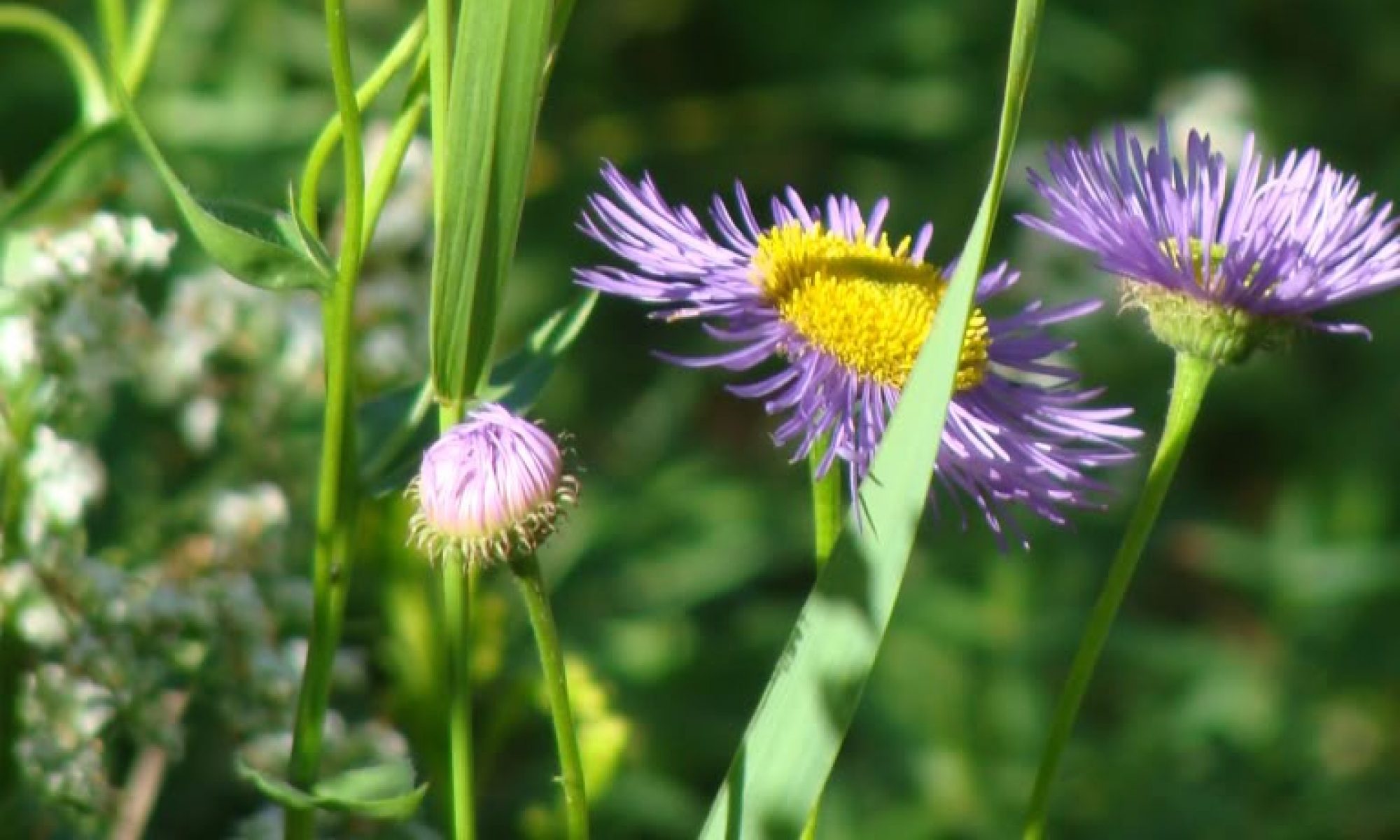There are over 20,000 species of fern across the globe. We think of them in moist, dark woods, but they have evolved to live in virtually every ecosystem, including aquatic environments and even deserts. Seattle has some beautiful native fern species and I have a few in my native plant garden already. But they don’t multiply quickly or easily.
While there are no quick ways to propagate ferns, there is a way to obtain a bunch of new plants by growing them from spores. The reproductive cycle of ferns is fascinating and complex compared to reproduction from seeds. I planted tropical fern spores almost two years ago and they are finally large enough to pot on separately. It took a lot of time but there are dozens of sporelings in one small terrarium. I am hoping for similar results from the sword fern and lady fern spores I ordered from an Etsy seller.
Here is an excellent site highlighting ferns native to this area.
While ferns don’t rate highly on the lists of butterfly/moth larval plants, my belief is that their role in ecosystems and food webs is critical and not fully understood. Bracken ferns are known to host ten different butterfly/moth species. I’m hoping to introduce bracken ferns to my native plant garden soon. I found some dead fronds in a lot nearby so there is a healthy population there that should allow me to dig up a division and drop it into my own garden. This species is considered invasive by some. I’ll take my chances. It grew in both yards of my childhood homes, unassuming and never overreaching.
My fern aspirations won’t lead to a patch the size of the Oregon sword fern forest below, but I look forward to having a native ground cover that includes a variety of these beautiful plants.



